Unlicensed Gravel Extraction. Alteration of the Maiyloo-Suu Riverbed. Cutting of Floodplain Forest.
41°06’7761″N 72°21’7951″E
In Jalal-Abad, along the Maiyluu-Suu River, there is predominantly unlicensed extraction, where local residents use sand and gravel material for their construction or private houses. Unfortunately, there is no perfected methodology to accurately calculate the damage caused to the environment by unlicensed extraction. However, this does not mean that the damage is insignificant, as the extraction of gravel and sand mixtures from the river disrupts the riverbed, creates pits, and if extraction occurs in fields or forests, it leads to erosion and ravine formation, which can subsequently result in land loss. The operation of heavy machinery that extracts sand and gravel from riverbeds significantly impacts the fish's food base.
When excavators work in the riverbed, they stir up sediment—particles of sand and soil. All of this then settles in a thick layer on the bottom, burying bottom organisms and various small crustaceans that serve as the main food for fish. Scientists have established that the negative impact of such activities is felt up to 500 meters downstream and can lead to the complete destruction of the fish's food base.
According to specialists, the penalties for extracting sand and gravel from riverbeds are very small. It is sometimes impossible to reach the organizers of this profitable business. The scheme is simple—an entrepreneur hires an excavator and trucks to extract river sand and gravel, which is considered the best for construction work. A truckload of such sand or gravel costs between 3,000 to 5,000-6,000 soms. One excavator can load up to 40 trucks in a day. As a result, the profit is enormous compared to our fines. Moreover, entrepreneurs do not pay any taxes.
This activity leads to the depletion of surface and groundwater, marsh formation, and pollution of protected water zones, destruction of their banks, and alteration of the riverbed.
In Jalal-Abad, along the Maiyluu-Suu River, there is predominantly unlicensed extraction, where local residents use sand and gravel material for their construction or private houses. Unfortunately, there is no perfected methodology to accurately calculate the damage caused to the environment by unlicensed extraction. However, this does not mean that the damage is insignificant, as the extraction of gravel and sand mixtures from the river disrupts the riverbed, creates pits, and if extraction occurs in fields or forests, it leads to erosion and ravine formation, which can subsequently result in land loss. The operation of heavy machinery that extracts sand and gravel from riverbeds significantly impacts the fish's food base.
When excavators work in the riverbed, they stir up sediment—particles of sand and soil. All of this then settles in a thick layer on the bottom, burying bottom organisms and various small crustaceans that serve as the main food for fish. Scientists have established that the negative impact of such activities is felt up to 500 meters downstream and can lead to the complete destruction of the fish's food base.
According to specialists, the penalties for extracting sand and gravel from riverbeds are very small. It is sometimes impossible to reach the organizers of this profitable business. The scheme is simple—an entrepreneur hires an excavator and trucks to extract river sand and gravel, which is considered the best for construction work. A truckload of such sand or gravel costs between 3,000 to 5,000-6,000 soms. One excavator can load up to 40 trucks in a day. As a result, the profit is enormous compared to our fines. Moreover, entrepreneurs do not pay any taxes.
This activity leads to the depletion of surface and groundwater, marsh formation, and pollution of protected water zones, destruction of their banks, and alteration of the riverbed.





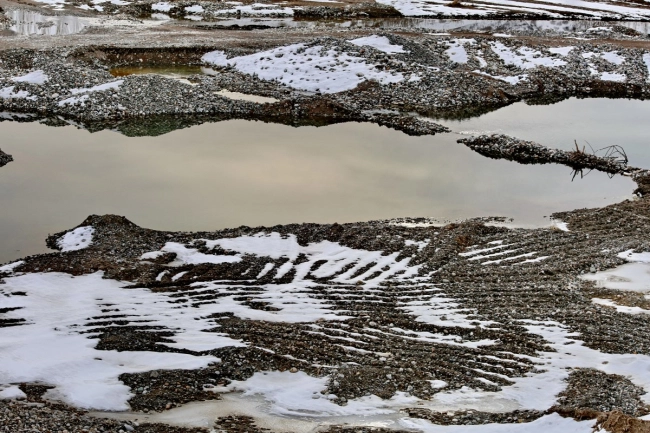
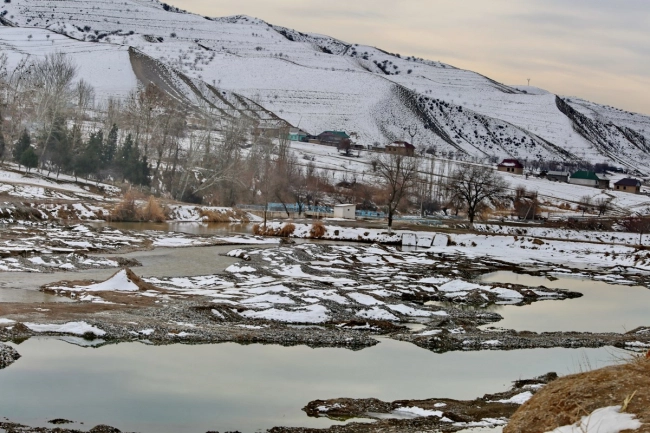
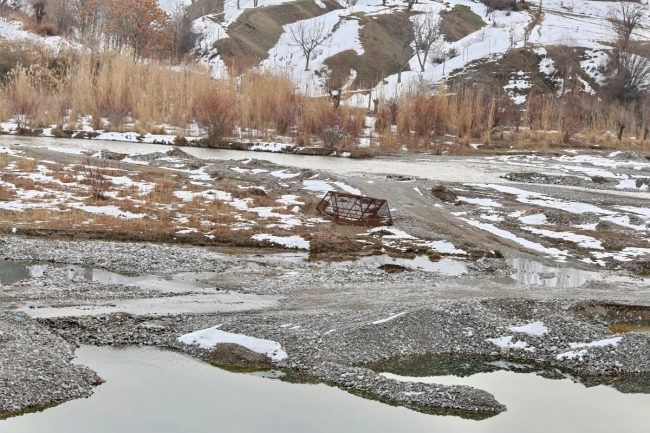
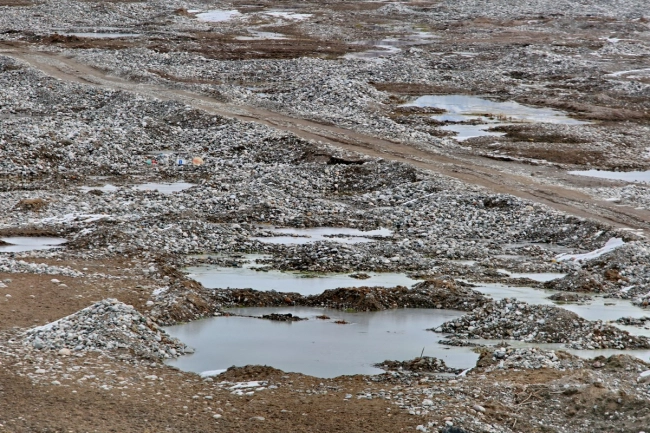
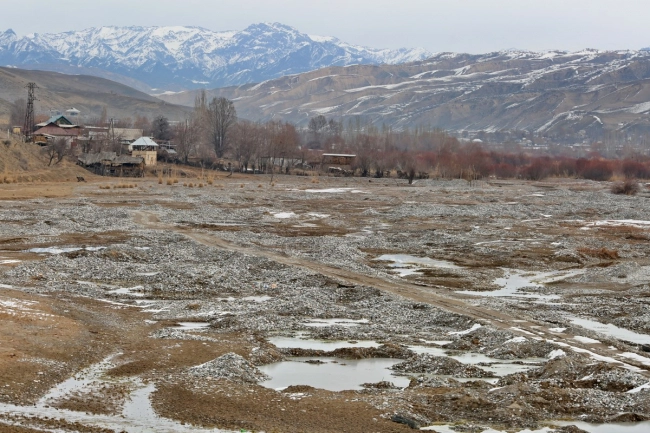
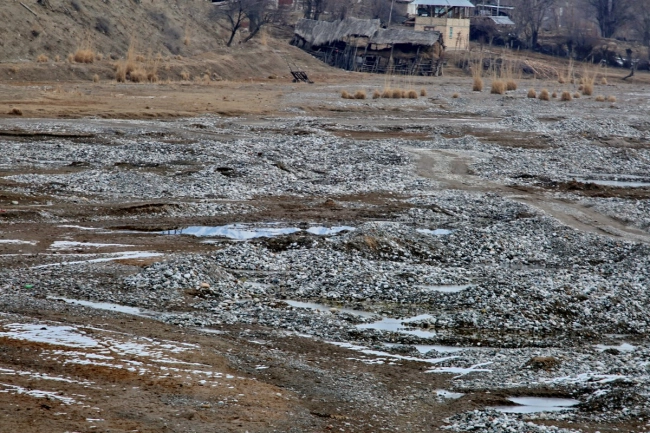

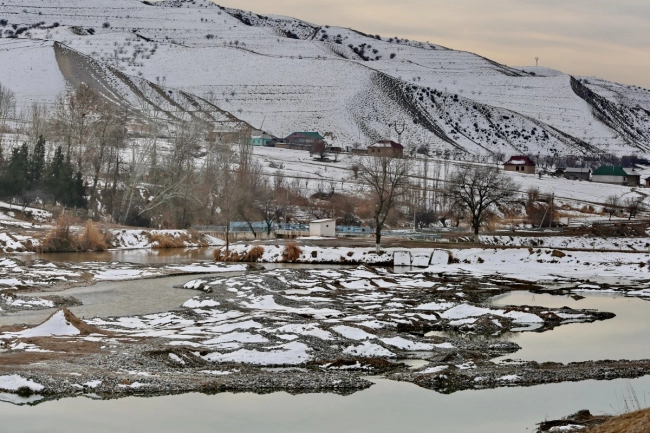
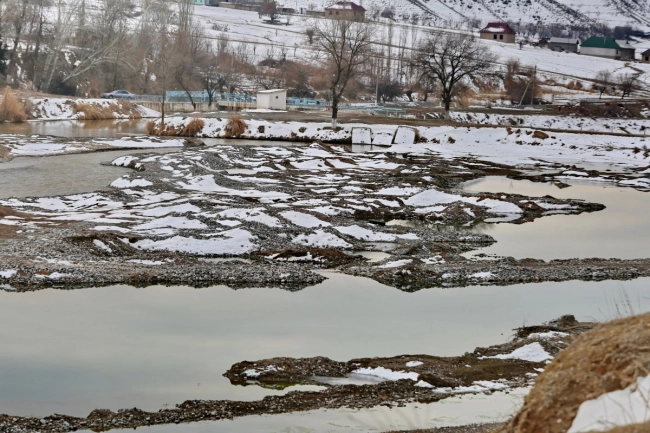


















Attention: Information based on submitted complaints